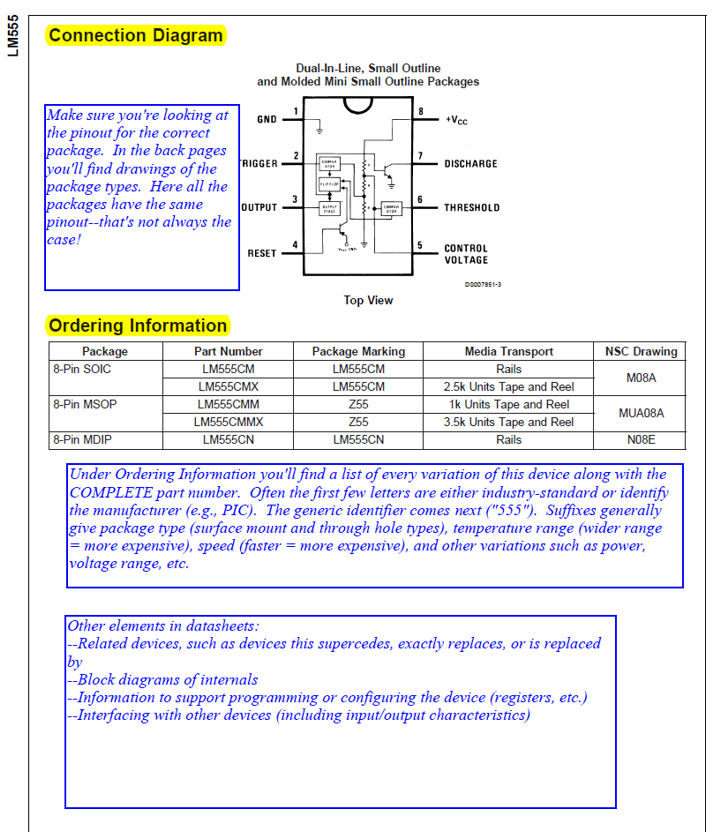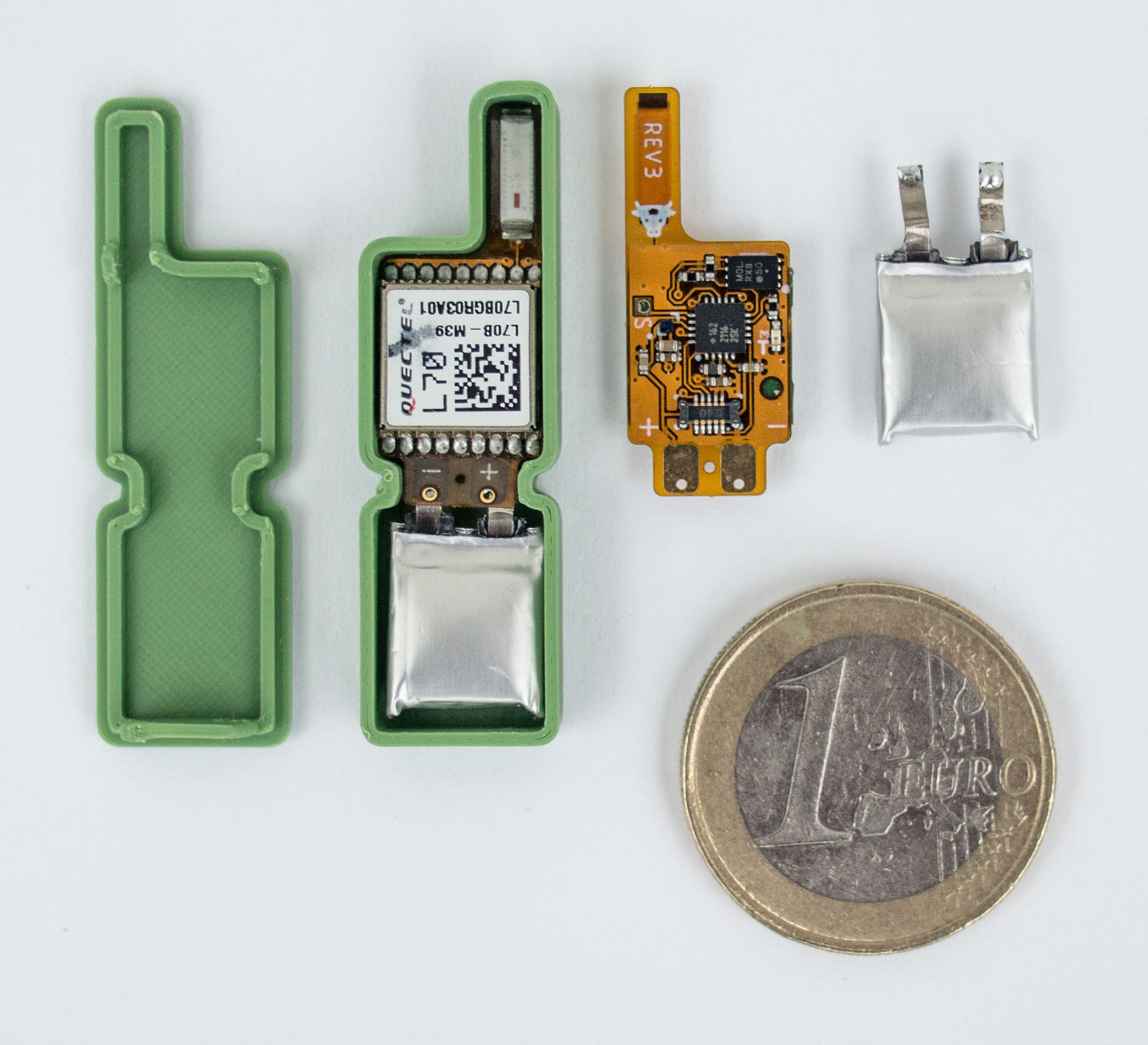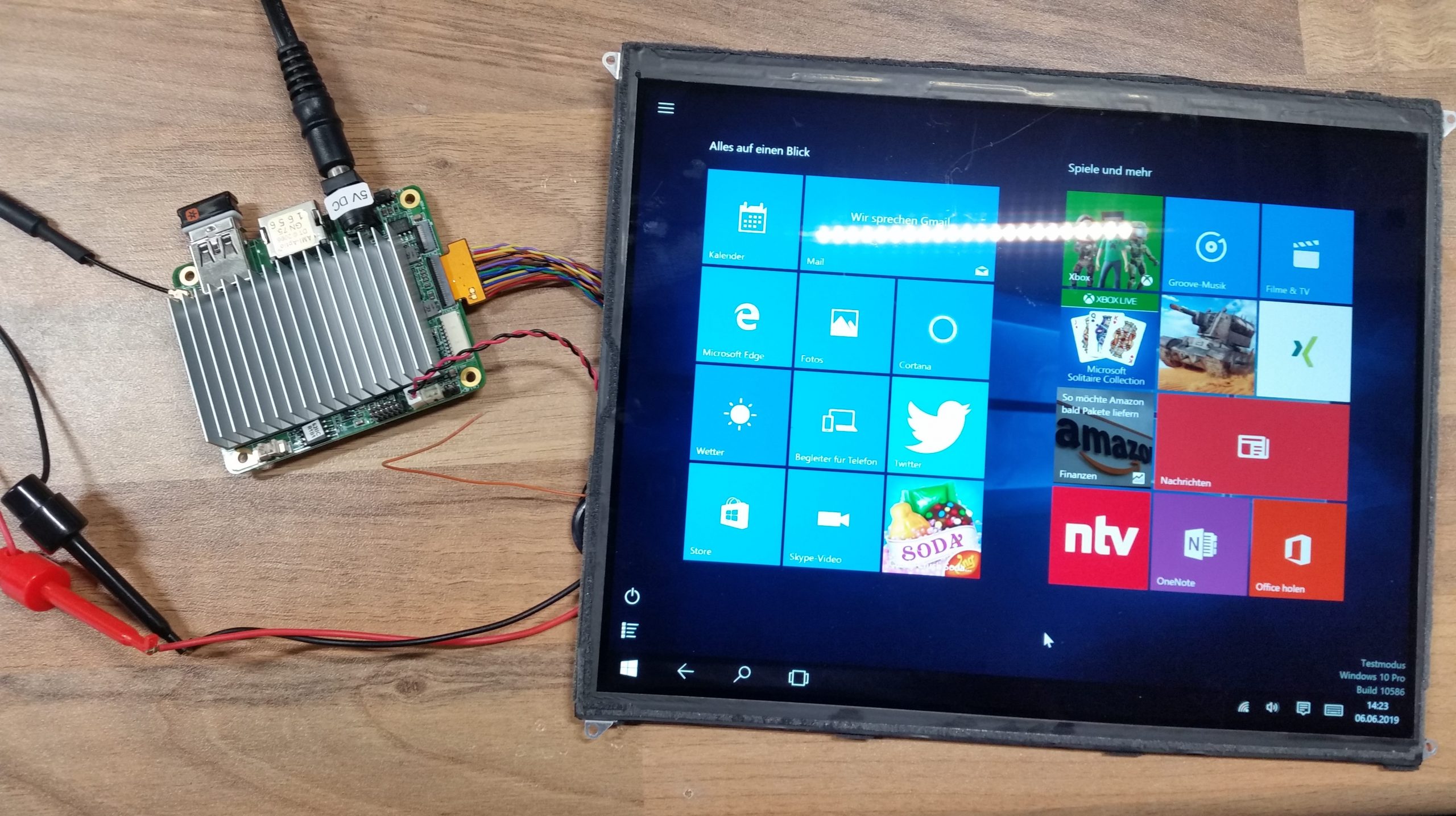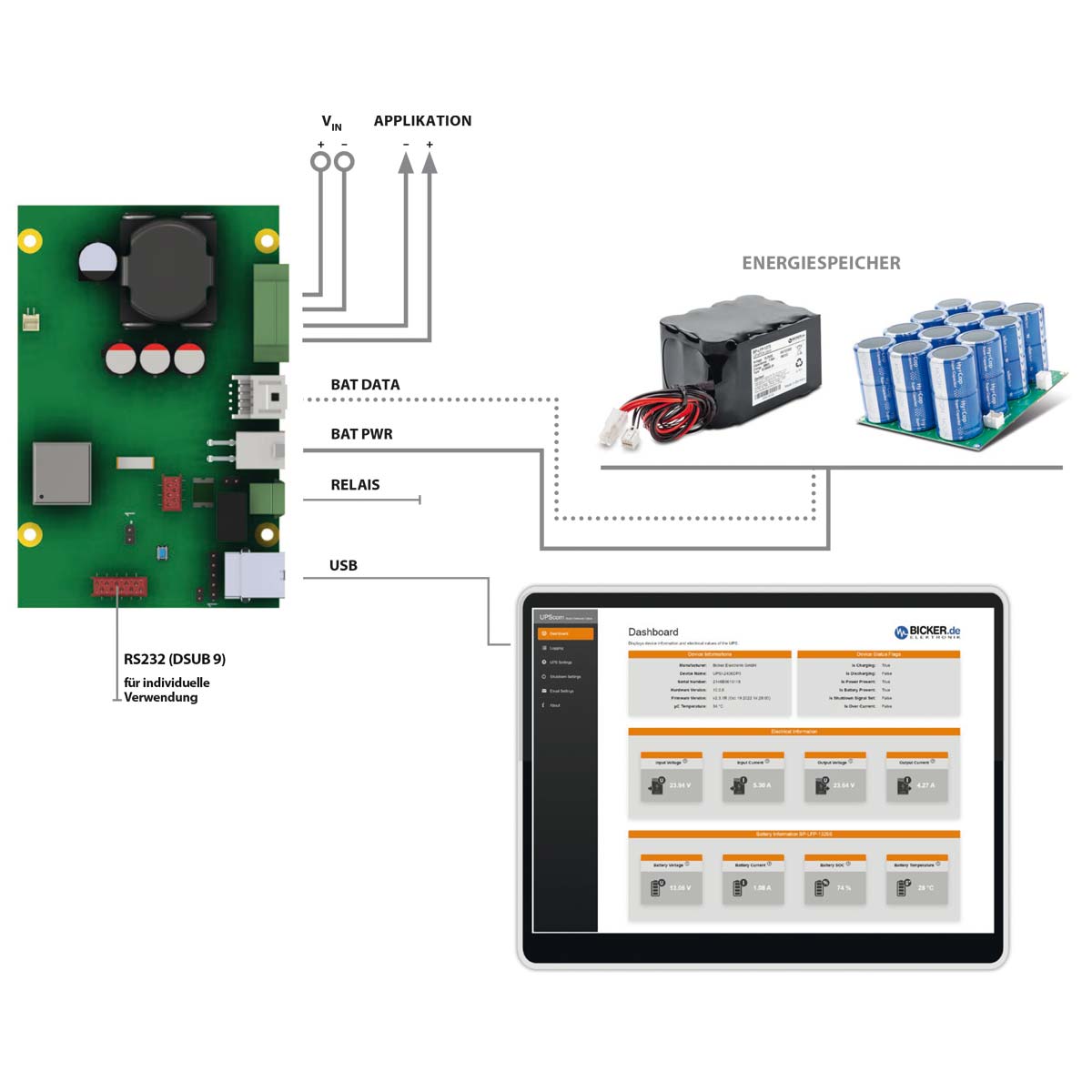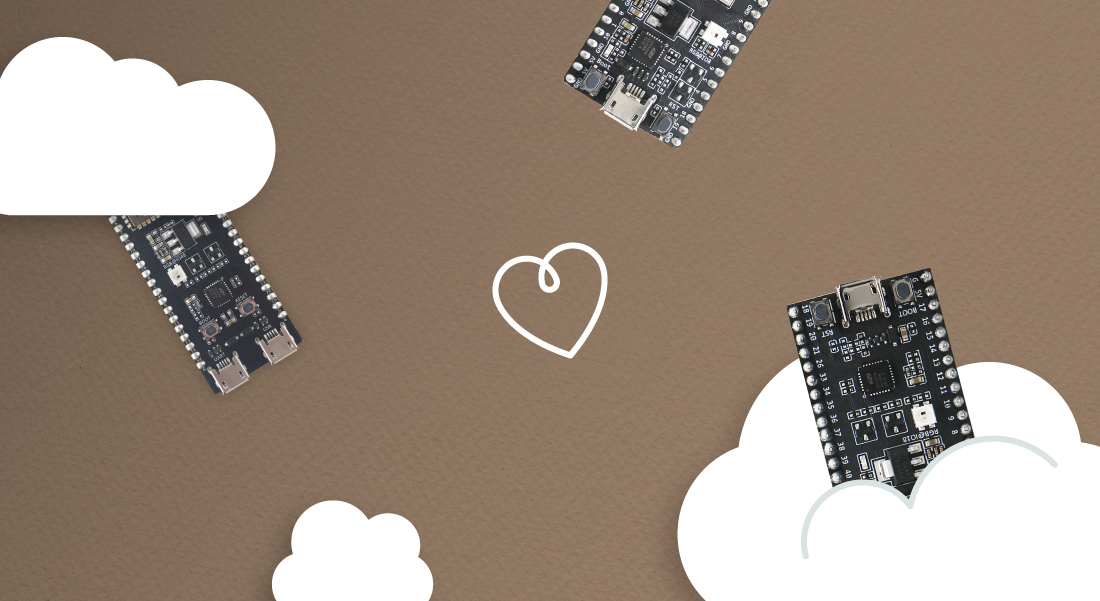
Arduino IoT Cloud now supports more ESP32 microcontroller devices
Arduino IoT Cloud has been one of the most popular software tools Arduino has ever built. The cloud-native platform is now able to support more embedded hardware microcontrollers than ever before. With the support of ESP32 and ESP8266 apart from the in-house Arduino boards, the Arduino IoT Cloud is ready to support ESP32 S2, S3, and C3 devices. One of the reasons why most IoT platforms today support ESP32 devices is because of their usability and adaptability in the IoT ecosystem.
ESP32 devices are the most liked microcontrollers for home and hobbyist applications. But in recent times, ESP32 has seen increased adoption for professional and industrial use as well. With Arduino Cloud supporting more ESP32 devices, this means that the end-user devices can now be controlled remotely even after they are deployed in the field.
Arduino IoT Cloud is designed to be a cloud-native platform that can be used to develop software online with the web editor and keep those sketches in the cloud, as well as to deploy and manage end-user-embedded devices. Remote access allows users to create custom dashboards that can be managed remotely from the user’s browser or mobile application.
Specifically, ESP32-S2 and S3 are low-power, high-performance processor cores with the ability to connect wirelessly to the embedded ecosystem. ESP32-S2 comes with a single-core microcontroller system-on-chip, which is designed to be a cost-effective solution with a rich set of input/output capabilities. On the other hand, the ESP32-S3 has a dual-core XTensa LX7 microcontroller that has a clock frequency of 240MHz. The ESP32-S3 has better wireless capabilities to support IEEE802.11b/g/n Wi-Fi and Bluetooth 5 low power.
Arduino IoT Cloud supports many cloud-compatible boards, which allows the developer to leverage an all-in-one solution for IoT development. The user can build visual dashboards to monitor and control embedded devices and also integrate other services in the deployed application. Arduino provides two Arduino IoT Cloud APIs– REST API to allow users to add and configure new Arduino IoT Cloud devices, and Data API (MQTT) to allow users to send and receive variables’ data.
For more information on the Arduino IoT Cloud, head to the product page. We have also previously covered articles on the Arduino Cloud platform.






